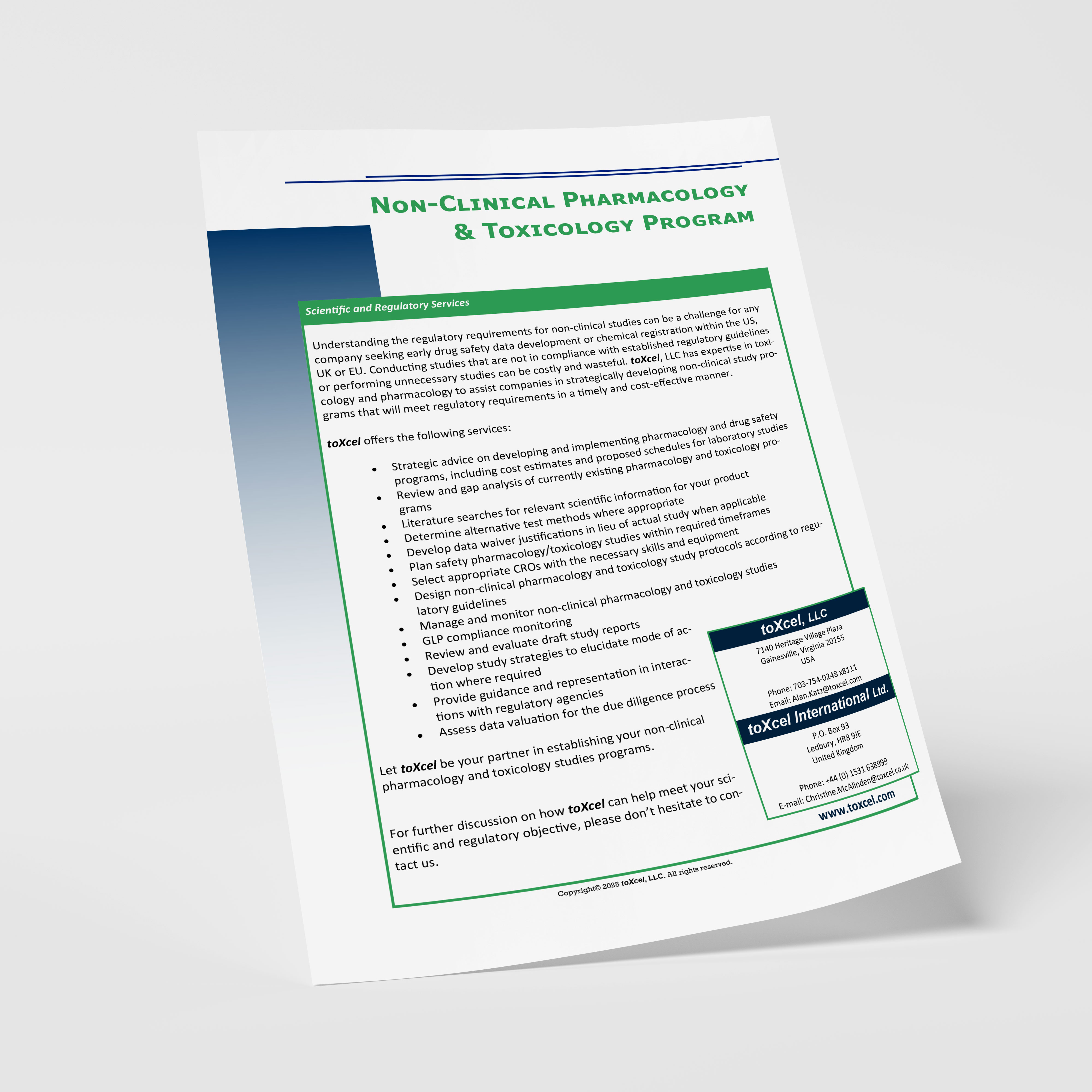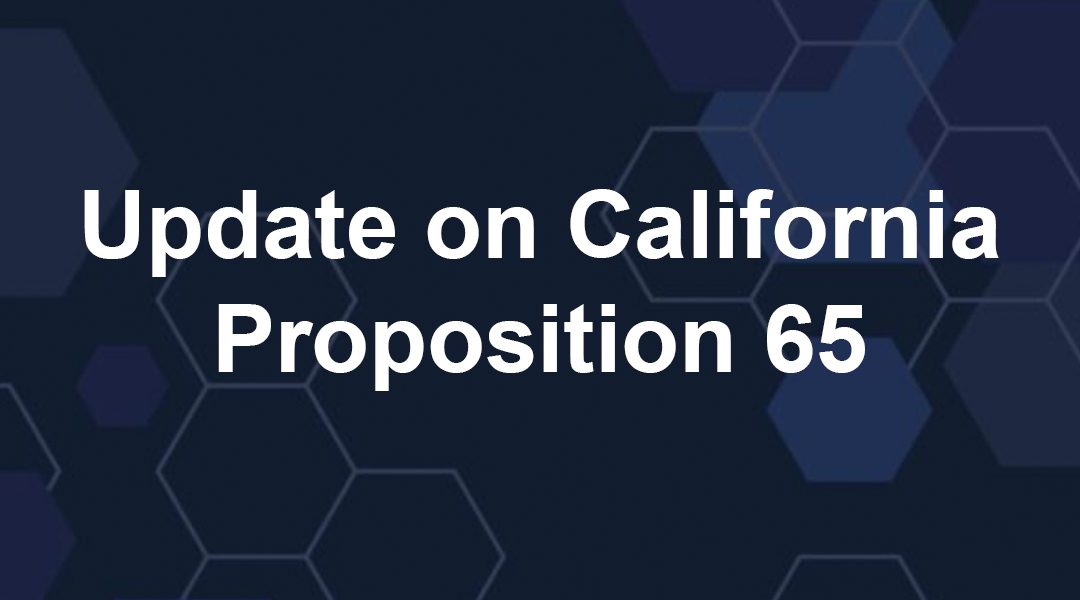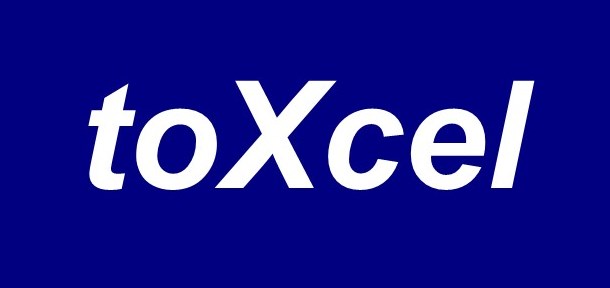
TOXICOLOGY, EXPOSURE, & RISK ASSESSMENT
Toxicology Expertise
Understanding and communicating the health and safety risks of chemicals, pesticides, and pharmaceutical products is critical to gaining regulatory approval and protecting public health. At toXcel, our board-certified toxicologists (DABTs and ERTs) provide expert guidance to support your regulatory strategy with sound, science-based toxicological evaluations. We assist chemical manufacturers, formulators, pharmaceutical companies, personal care/consumer product manufacturers and suppliers, trade associations, law firms, and the food industry.
Toxicology Consulting for Regulatory Submissions: Leverage decades of experience from former senior government scientific and regulatory reviewers and managers and industry regulatory leaders to support your chemical, pesticide, and nonclinical drug development programs.
Hazard Identification & Risk Characterization: Evaluate existing toxicity data, design targeted studies, conduct literature reviews, and apply weight-of-evidence approaches to define the toxicological profile of your substance.
Expertise in Key Toxicology Disciplines:
- Nonclinical Safety Studies conducted to OECD and ICH guidelines
- Developmental and Reproductive Toxicology (DART)
- Ocular Toxicology
- Dermal Toxicology
- Inhalation Toxicology
- Neurotoxicology
- Genotoxicity
- Carcinogenicity
- In-vitro testing and New Approach Methodologies (NAMs)
We deliver strategic toxicology support tailored to your product and regulatory goals.
Exposure Modeling
Accurate exposure modeling is critical for assessing human health and environmental risks—and for supporting product approvals and evaluations under EPA (FIFRA and TSCA), FDA, OEHHA, and other state and global regulatory frameworks. toXcel provides advanced exposure modeling and risk assessment services across a wide range of products, including pesticides, antimicrobials, personal care items, cosmetics, indoor air care products, medical devices, and cleaning agents.
Our team of regulatory scientists and toxicologists develops customized, product-specific exposure assessments to inform regulatory submissions, support tolerance petitions, and proactively mitigate risk before or during enforcement or litigation.
Our expertise in exposure modeling includes the following scenarios:
- Occupational: toXcel experts specialize in worker exposure and risk assessments, using models tailored to regulatory needs. From TSCA screening-level tools to advanced FIFRA models like AERMOD, we ensure accurate evaluation of inhalation risks across product types.
- Residential: Our staff conduct residential exposure and risk assessments for chemicals used in a variety of exposure scenarios – from indoor applications to outdoor environments, such as turf and backyard applications. We apply EPA models, including the Multi-Chamber Concentration and Exposure Model (MCCEM) for indoor air quality and the Wall Paint Exposure Model (WPEM) for evaluating chemical emissions from paints, to assess inhalation risks in compliance with regulatory standards.
- Consumer: toXcel evaluates consumer exposure to chemicals in indoor and outdoor residential settings using U.S. EPA residential exposure models. These tools support regulatory assessments under FIFRA for pesticides and antimicrobials registration and registration review actions, as well as compliance with California’s Proposition 65 requirements for listed chemicals.
- Dietary: toXcel specializes in dietary exposure and risk assessments, as well as developing tolerance and exemption petitions under Section 408 of the U.S. Federal Food, Drug, and Cosmetic Act (FFDCA). Using industry-standard tools like the Dietary Exposure Evaluation Model – Food Commodity Intake Database (DEEM-FCID), we assess pesticide residue risks to support food crop use registrations. Our comprehensive services cover evaluating data adequacy, placing studies, conducting exposure and risk analyses, preparing petitions including “reasonable grounds” arguments, and drafting Federal Register submissions for EPA publication.
Risk Assessments
Calculating risk is a critical role in regulatory science. toXcel analyzes data and prepares reports for human health risk assessments using toxicological criteria, regulatory guidance documents, standard exposure assumptions for residential and occupational receptors, and refinements to model assumptions as appropriate. Benchmark dose modeling (BDM) is commonly used in the US and internationally to analyze risk.
Our Clients Include:
- Pharmaceutical Companies
- Biotechnology Companies
- Healthcare/ Consumer Products Companies
- Food and Cosmetics Industries
- Chemical Manufacturers
- Formulators
- Trade Associations
- Task Forces
- Law Firms
Example Chemicals toXcel has Assessed: Agricultural chemicals; turf chemicals; indoor use chemicals such as pesticides, antimicrobial chemicals, cleaning product chemicals, and byproducts such as 1,4-dioxane; and persistent chemicals in products and environmental releases such as PFOS, PFAS, PFOA.
Proposition 65
toXcel’s goal is to protect your business by minimizing regulatory risks and exposure liabilities under California’s Proposition 65 (Safe Drinking Water and Toxic Enforcement Act). This law safeguards California residents from toxic chemical exposures via products, drinking water, and the environment, and is administered by the Office of Environmental Health Hazard Assessment (OEHHA).
With extensive experience across antimicrobials, pesticides, cosmetics, personal care, cleaning products, and medical devices, toXcel develops product-specific exposure assessments to proactively manage risks and defend against enforcement actions. We have successfully suspended OEHHA actions and achieved chemical de-listings from Prop 65 — rare accomplishments that set us apart. When warnings are unavoidable, we craft compliant, least-impactful Proposition 65 warning statements tailored to your products.
PFAS
PFAS is a very hot topic in the chemical regulatory world! So what is it exactly? PFAS (per- and polyfluoroalkyl substances) chemicals, also called “forever chemicals” in the media due to their prolonged presence, consist of a large group of persistent fluorinated chemicals that have been manufactured and used as raw materials in several industries. Check out our PFAS White Paper for some more background information.
toXcel has staff focused on PFAS and follows the numerous federal and state regulatory updates in this developing area under US EPA/TSCA and other regulatory bodies. toXcel has provided technical and scientific support for client submissions of PFAS-impurities under TSCA Section 5. toXcel can review available information from companies to help determine their potential liabilities related to PFAS, develop strategies related to testing, determine reporting requirements, develop risk and exposure assessments, and help companies navigate forward in this developing area.
toXcel is also familiar with the new TSCA one-time reporting rule (rule promulgated in late 2023) under TSCA, having presented on this subject to the Household and Commercial Products Association (HCPA) regarding due diligence efforts related to PFAS (contact us if you are interested in seeing this presentation), and is available to assist clients in understanding their reporting requirements and how to gather the required documentation for these persistent substances. US EPA recently extended the initial reporting period for this one-time rule due to the Agency’s budget constraints in getting set up to receive the data. But don’t wait – the deadlines in 2025 are still coming up fast and there is more to do than you think!
GRAS Self-Determinations
toXcel‘s mission is to help your company achieve smooth and scientifically sound GRAS self-determinations, enabling safemarket entry of new food additives under U.S. FDA regulations. Generally Recognized as Safe (GRAS) status requires robustscientific support and expert panel endorsement.
We provide end-to-end support for your GRAS determination:
- Conduct literature searches for any relevant food contact notifications (FCN) or tolerances/ exemptions from tolerances.
- Review data and determine potential data gaps.
- Coordinate with clients and laboratories on protocol development for any required studies, review draft reports.
- Conduct dietary exposure and risk assessments, based on the results of analytical reports and dietary levels. Conduct other risk assessments (including inhalation), as deemed appropriate based on the exposure type.
- Prepare a GRAS dossier in compliance with FDA standards.
- Organize Expert Panel and coordinate for review, including addressing any issues raised by the Panel and preparing revisions to the draft dossier per Panel comments.
- Email communications, teleconferences, and/ or video meetings with Expert Panel.
- Draft Expert Panel report for final review and agreement by Panel.
- Finalize dossier and coordinate signatures on Panel Report.
White Papers and Other Downloadable Resources


New List of Chemicals Regulated Under California Proposition 65
Non Clinical Pharmacology and toxicology
Understanding the regulatory requirements for non‐clinical studies can be a challenge for any company seeking early drug safety data development or chemical registration within the US, UK or EU…
Neurotoxicity and Neuropharmacology
The potential for substances to cause neurotoxicity in the adult, or in the developing central nervous system of the fetus, are addressed in legislation for both pharmaceuticals and chemicals…
Ocular Pharmacology & Toxicology
toXcel provides scientific support for stages of development of ophthalmic drugs, devices, and ocular safety evaluation of active substances and formulated products under the direction of Alan Katz…
Dietary Supplements and New Food Ingredients
The best strategy for market success of your dietary supplement is regulatory preparation prior to manufacturing, marketing, and selling your product. The consequences of a lack of preparation can lead to hundreds to thousands of dollars spent to re-label products, destruction of product, or worse, criminal penalties whether selling your product in the US or the EU…
Generally Recognized As Safe (GRAS) Determinations
Under the Federal Food, Drug and Cosmetic Act, any substance intentionally added to food is considered a food additive, and all food additives are subject to premarket approval by FDA. However, those substances that have been determined to be Generally Recognized as Safe (GRAS) by qualified experts, either by scientific procedures or through history of use in food, are excepted from the premarket approval requirement…
California Safer Consumer Products Regulation
The California Safer Consumer Products Regulations, promulgated under AB-1879 and SB-509, require the development of green chemistry alternatives for chemicals present in consumer products that are sold in California…
California Proposition 65, also known as the Safe Drinking Water and Toxic Enforcement Act of 1986, was developed to protect consumers in California from exposures to reproductive/ developmental toxicants and potential cancer-causing substances…
Demonstrating product safety is an important factor in obtaining international regulatory authorities’ approval for marketing technical grade active ingredients, manufacturing-use products, and end-use products…
